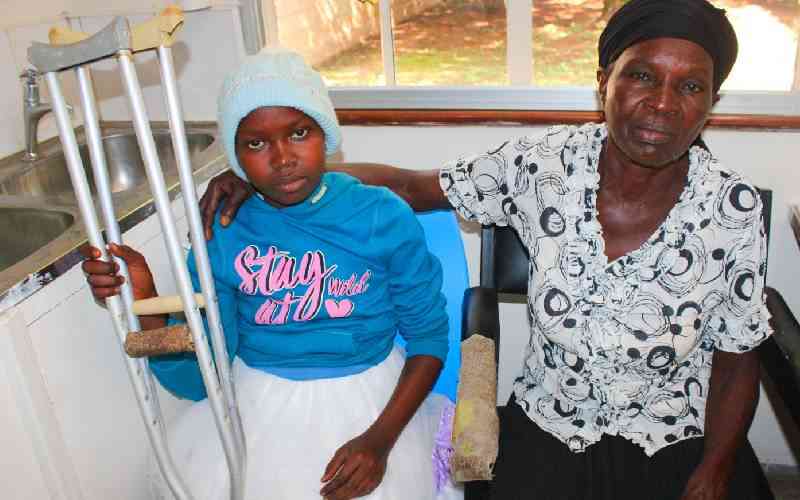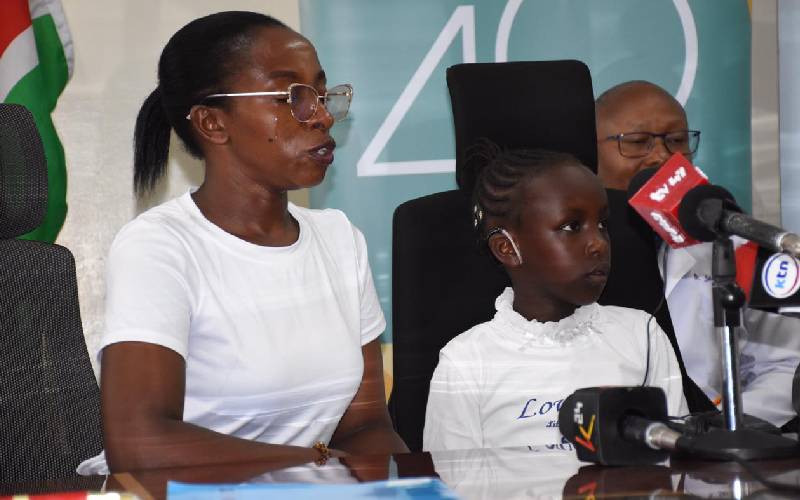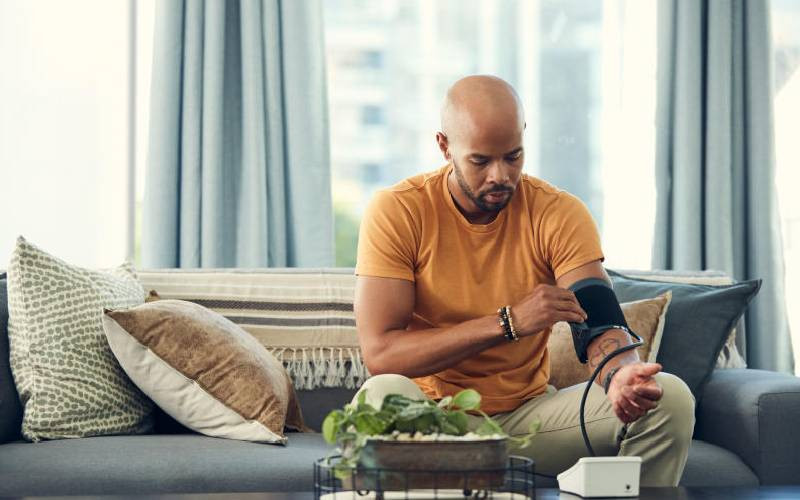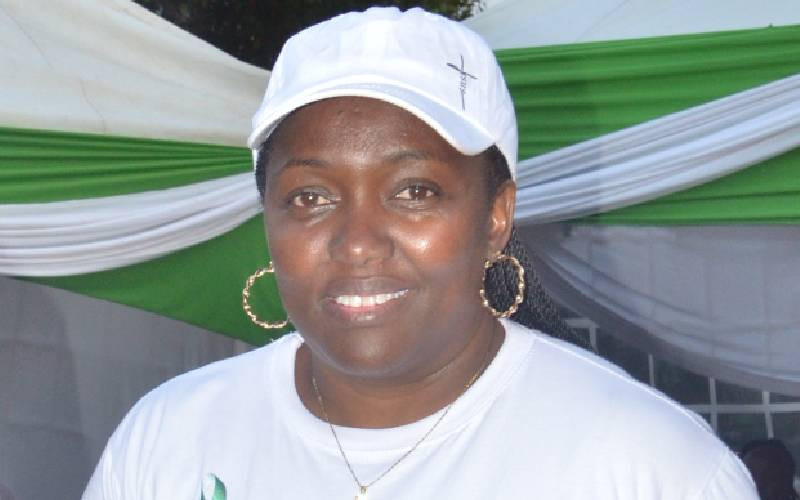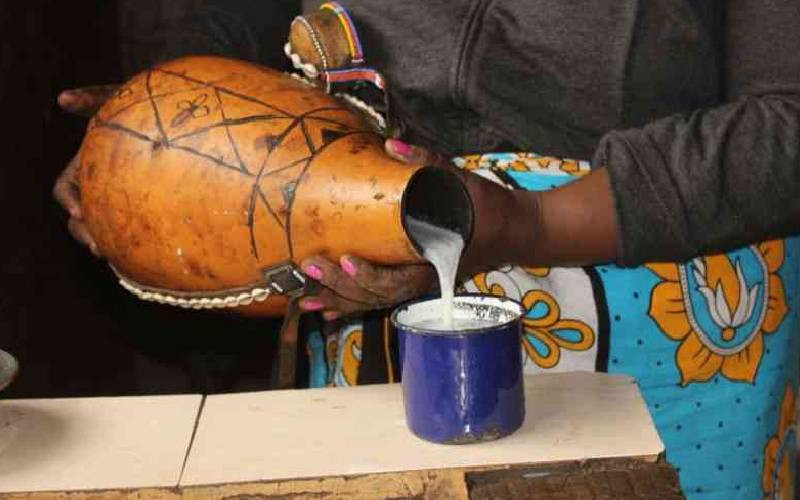
When Ms Jane Wanjiku visited Kiambu Level Four Hospital with abdominal pains, the doctor told her the only option was to have a lower abdominal imaging for diagnosis. Even though she wanted to get well soon, the 45-year-old agonised over the time and travel costs she would spend seeking the service in Nairobi.
But to her surprise, she was referred to the Magnetic Resonance Imaging Unit that is within the hospital.
She would spend only Sh8,000 for imaging services, and was also glad that she did not have to spend more on transport by having to go elsewhere. The exercise took her less than 20 minutes.
Reduced costs
Costs have reduced at the hospital, thanks to a Magnetic Resonance Imaging (MRI) facility commissioned by President Uhuru Kenyatta two months ago as part of the county government’s plan to improve healthcare and service delivery.
The MRI scan is a radiology technique that uses magnetism, radio waves and a computer to produce images of body structures. With the new facility in Kiambu, patients can now pay between Sh8,000 and Sh12,000, depending on the body part being examined. Private hospitals charge between Sh20,000 and Sh25,000 for the same service.
The imaging technology is able to pick the pathology of the patient quite fast, unlike before where a patient depended on a doctor’s clinical examination diagnosis.
It is also used to detect the extent of cancer and tumours by use of contrast media. In a months time, this advanced technology will be free for anyone who has a National Hospital Insurance Fund card.
Medically accurate
Kiambu Level Four Hospital Medical Superintendent David Kariuki says the facility has helped boost both Kiambu and Nairobi County’s health sectors, with more patients from the regions being able to access medical services at an affordable fee.
Other services offered at the hospital include CT scan of the head, spine, orbit, para nasal sinuses and CT scan of the chest among others.
“We want to reduce the health risks related to traveling long distances to access the facility elsewhere; including the cost of transport and time taken before one is attended to due to unavailability of the facility locally,” says Mr Kariuki.
He says that the aim is to provide quality, medically accurate and up-to-date advanced radiology and imaging services to the people of Kiambu, even as he noted that Kenya still lags behind in terms of digitisation of health facilities.
The medic says that MRI has a wide range of applications in medical diagnosis and that the equipment can handle 30 to 40 patients a day.
“MRI is a safe technique and the number of incidents causing patient harm have been reduced, making it more effective. Unlike the X-ray machine, MRI uses magnets, making it safer. Compared to CT scans, MRI is the investigative tool of choice for neurological cancers as it is more sensitive to small tumours. It offers better visualisation of human organs,” the medical superintendent adds.
However, some medics have warned that the MRI environment may cause harm in patients if not properly handled. For example, you cannot walk into an MRI unit with any kind of metal since the machine is highly magnetic.
Kariuki says patients from private hospitals can also benefit from the scan though at a slightly higher rate.
He says the service will also reduce the jam in public health facilities due to the normally long time taken to get diagnostic results using traditional methods of diagnosis.
After getting the images, the doctor can seek a second opinion on the diagnosis of the patient by liaising with doctors from other hospitals, since they are able to view the same image.
 The Standard Group Plc is a multi-media organization with investments in media
platforms spanning newspaper print
operations, television, radio broadcasting, digital and online services. The
Standard Group is recognized as a
leading multi-media house in Kenya with a key influence in matters of national
and international interest.
The Standard Group Plc is a multi-media organization with investments in media
platforms spanning newspaper print
operations, television, radio broadcasting, digital and online services. The
Standard Group is recognized as a
leading multi-media house in Kenya with a key influence in matters of national
and international interest.


